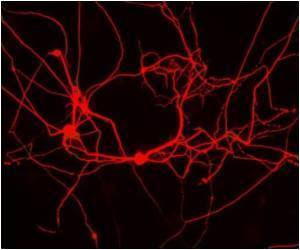Reaction between hydrogen peroxide and thiosulfate made heat and acidity cycle back and forth which provided conditions for early life to evolve.

Scientists have proposed that more than 3.8 billion years ago, before DNA evolved, non-cellular life forms existed based on a simpler molecule, RNA. However, no one had found a periodic energy source which could power replication and amplification of RNA without cells.
Ball said hydrogen peroxide and thiosulfate, which also occurred in the ancient oceans, provide the answer. They undergo a reaction in which heat and acidity cycle back and forth every couple of minutes, providing the perfect conditions for early life to evolve. She added that these oscillating reactions have been studied for years as a curiosity, but nobody realised that their fluctuating acidity and heat could have powered early life before DNA and proteins evolved.
Ball and co-researcher Professor John Brindley from Leeds University brought together knowledge of the hydrogen peroxide and thiosulfate reaction from organic chemists, who had studied the acidity cycles, and chemical engineers who had studied the reaction’s heat cycles. However, when the solution came, the continuing nature of the reaction cycles solved another mystery, of how life became independent of hydrothermal vents.
Ball said that waves of acidity and heat could spread away from the original heat source, which would liberate life from narrow regions around hydrothermal vents. The research is published in the Journal of the Royal Society Interface.
Advertisement









